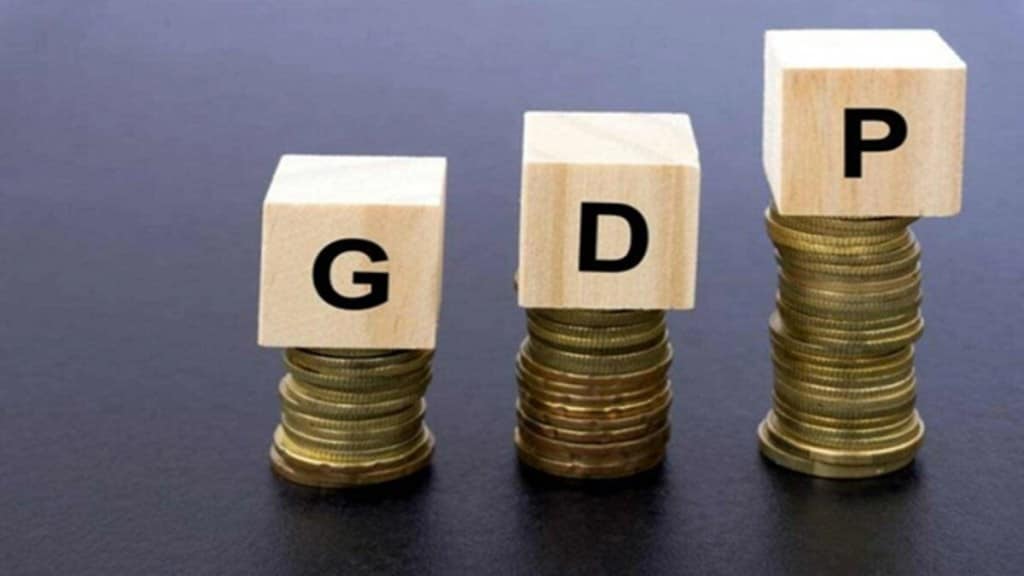At 7%, the first advance estimates for gross domestic product (GDP) growth in the current fiscal year are slightly above expectations of 6.8-6.9%, and imply a growth of sub-5% in the second half of the year. Importantly, the numbers suggest that the biggest chunk of the economy—consumption—will contract in the second half of the year. The NSO estimates that the private final consumption expenditure (PFCE) would grow at 7.7% in 2022-23. Coming on the back of a sub-8% growth in FY22 and a contraction in FY21, this would be a big disappointment, though it’s possible this would reverse.
For one, while demand has been muted, primarily due to high inflation, it’s possible that the good rabi harvest would help revive rural demand which has remained sluggish through 2022. Again, while real rural wages have contracted 11 months in a row, agricultural wages are now increasing. However, for demand to pick up meaningfully, non-agri wages also need to increase. Consumption in urban India has bounced back and the festive season has seen a jump in spends but, the bad news, as related by companies, is that post the festive season demand in urban areas too has slowed somewhat.
While the gross fixed capital formation (GFCF) is estimated to go up to 33.9% of GDP, from 32.5% in 2021-22, the fact is that the private sector is yet to invest much. The Centre has more than done its bit and its capex is up 16.3% (ex-roads) in the current year so far. But the states are lagging with their capex having contracted 4.2%, which is disappointing. Some of this is reflected in the HSBC investment index, which has been softening since mid-2022. HSBC’s India chief economist Pranjul Bhandari believes the replacement capex of the past few years, which had been lumped together, will run its course and also that the increasing investment intentions has not yet become broad-based.
If the NSO seems pessimistic on consumption, it appears to be overly optimistic on exports which it estimates will grow by nearly 12% in H2FY23. Given the sharp deceleration in global growth, India’s exports are likely to be badly hit. While the estimated nominal GDP growth of 15.4% in the current year will give the government some headroom of possibly `80,000 crore, in the coming year fiscal consolidation will be a challenge. With inflation tipped to trend down, the nominal GDP is expected to grow at a much slower 10% or so. Consequently, tax revenues too should follow this trajectory to grow at around 10%. For the current year the government has assumed a growth in gross tax collections of 10% at Rs 27.58 trillion but will mop up about Rs 2 trillion more. In the next fiscal, however, in a less inflationary environment, the tax mop-up would slow. Consequently, if the fiscal deficit is to be smaller than the current year’s budgeted 6.4%, some reining in of expenditure would be called for and the government would need to make some tough choices.
That would be unfortunate at a time when the economy is slowing. The post-pandemic recovery has been a weak one with the small companies badly impacted and unemployment still high. The government will have to do some tightrope walking on maintaining a balance between fiscal consolidation and growth boosters. These are tough times, indeed.


